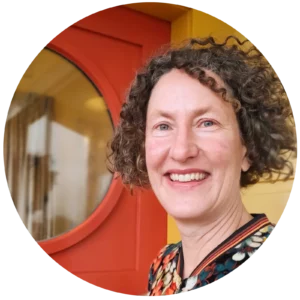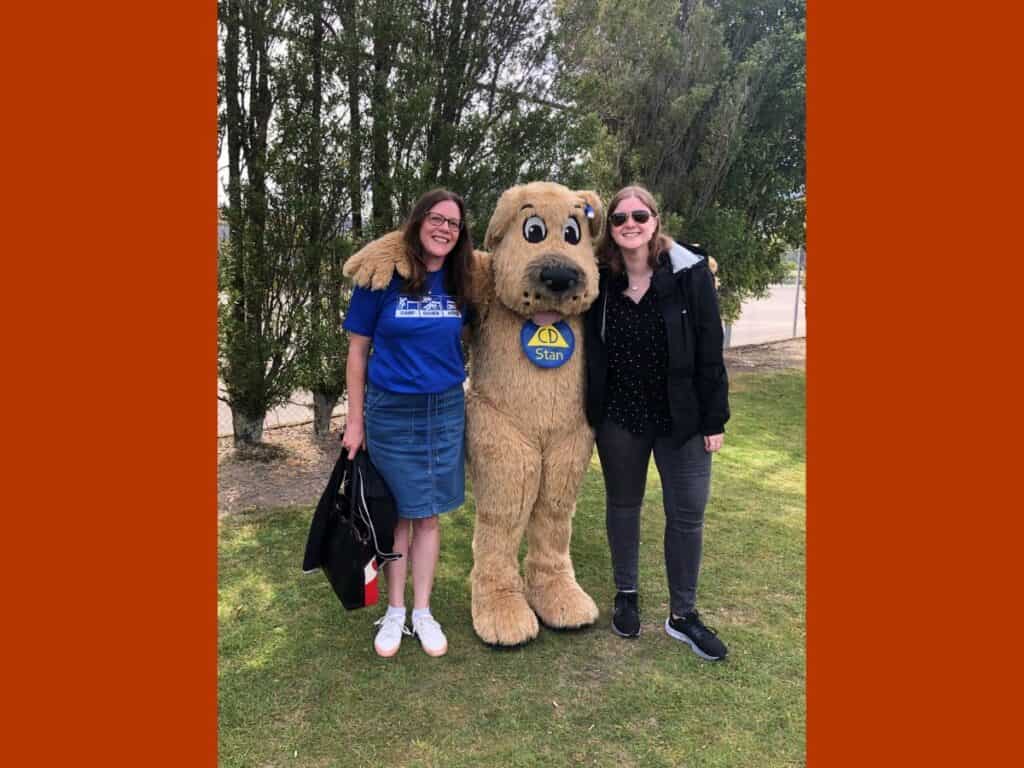Every year in October the Minister of Emergency Management, civil defence officials, scientists and community leaders visit a primary school to join the students and teachers in spending a minute curled up on the floor with their hands covering their heads. At the same time hundreds of thousands of people around the country are doing exactly the same thing.
This is Whakahaumaru Aotearoa New Zealand ShakeOut. In 2022 New Zealand celebrated the tenth anniversary of this nationwide earthquake drill. Designed to teach people the safest actions to take during an earthquake, and to practise them, ShakeOut is run by the National Emergency Management Agency (NEMA) in partnership with Toka Tū Ake EQC.
Getting down to the floor, covering your head and neck, and holding your position until the shaking stops – drop, cover, and hold – are the best actions to take in an earthquake because they minimise your chances of falling over or being hit by moving objects. Anything that reduces injuries in a disaster is good news, so running a nationwide earthquake drill is a worthwhile endeavour.
But does participating in ShakeOut change people’s behaviour? Lauren Vinnell, Julia Becker, and other Te Hiranga Rū QuakeCoRE researchers at the Joint Centre for Disaster Research (JCDR) have been delving into the effectiveness of ShakeOut drills. They surveyed participants and compared their earthquake preparedness with people who haven’t joined a ShakeOut exercise.
Their research shows that people who participate in ShakeOut are more likely to know the correct actions to take and to use them during a real earthquake. Not only that, but they’re more likely to be better prepared for earthquakes at home and at work.
JCDR works with NEMA and EQC to continually improve the effectiveness of ShakeOut. This collaboration ensures that ShakeOut is informed by the latest research. Making ShakeOut an annual event, adding a tsunami hīkoi, including messages about what to do in different contexts, and advising on additional emergency preparations are examples of how ShakeOut has evolved over time. Future goals are to make ShakeOut more accessible for disabled and elderly participants.
With a background in psychology, Lauren knows, “People are more likely to do things if they know there are benefits for doing it. If there are multiple benefits, even better. So, we let people know that by participating in ShakeOut, they’re more likely to be safe in a real event. And that it can be easy and fun to participate.” Doing ShakeOut together with people in your household, workplace or community makes it more enjoyable. There’s a sense of joint purpose that overrides any embarrassment you might feel about diving under a chair or desk. And having practised it, you’re more likely to do it again when it really matters.

